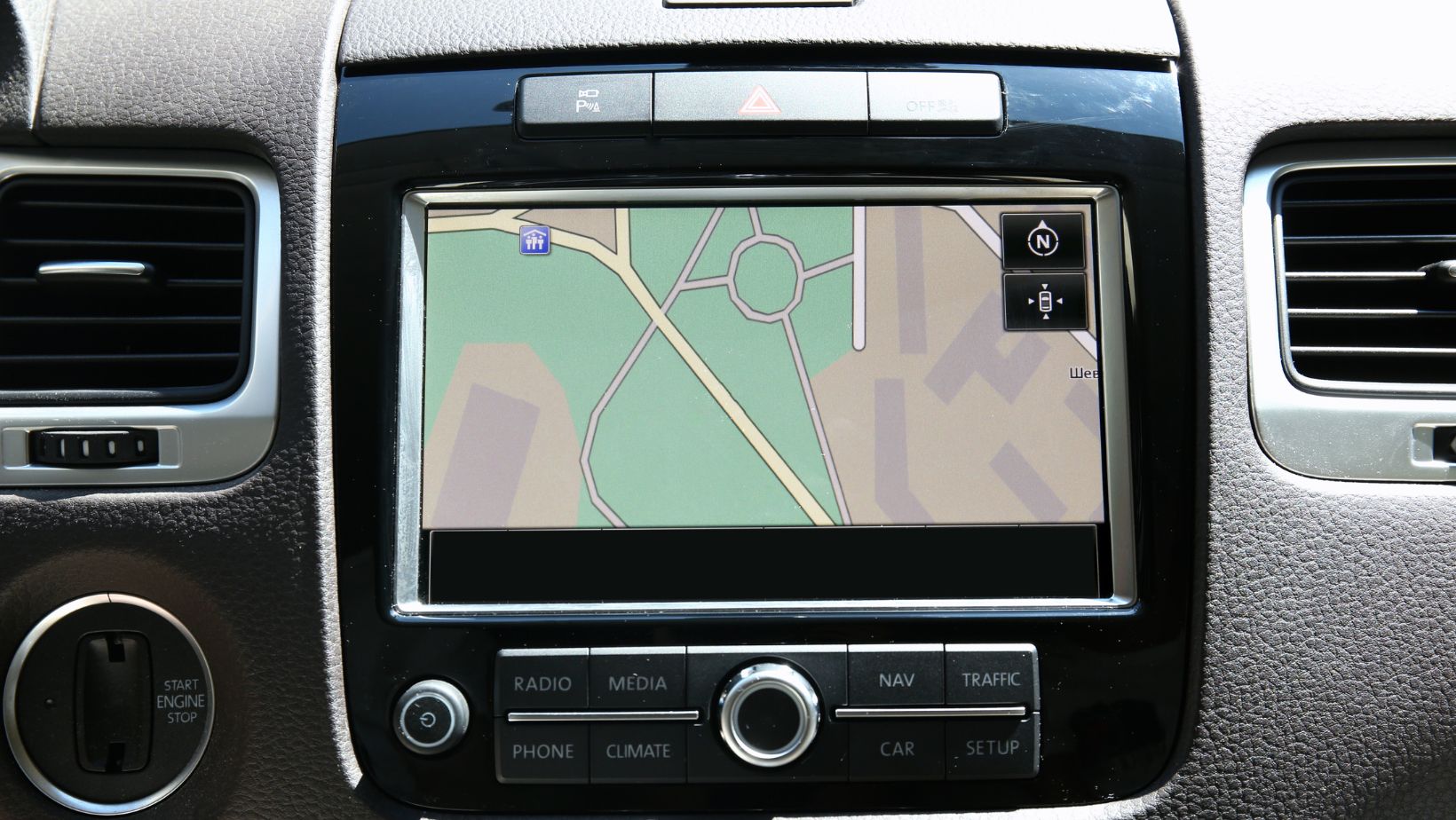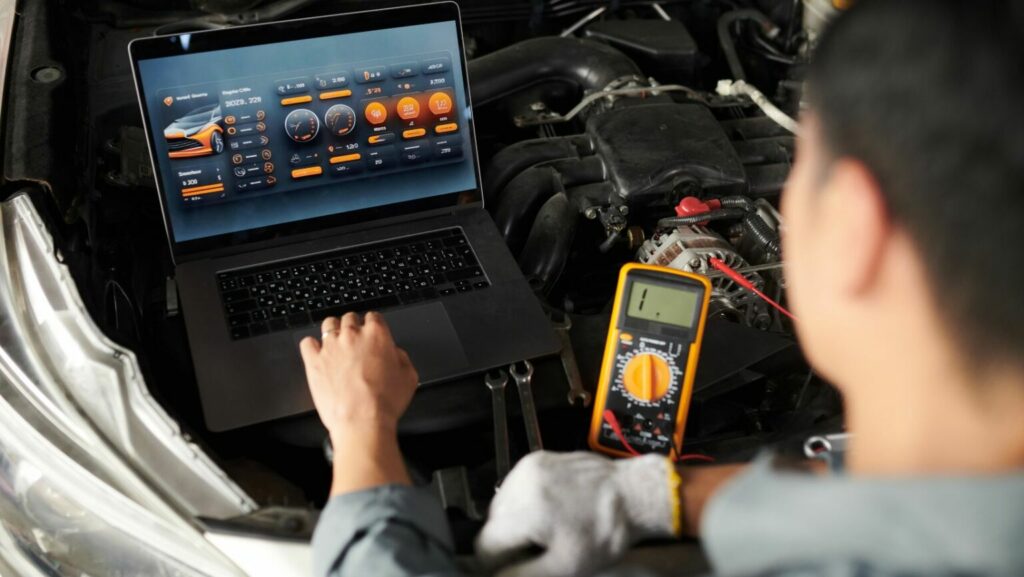Gridlock isn’t just annoying, it burns time, fuel, and patience. The good news: smart car systems are moving from buzzwords to practical tools that ease bottlenecks, steady traffic flow, and reduce crashes. Below is a plain-spoken guide to what actually works, how smart cars work, where the roadblocks are, and how cities and fleets can get real results without waiting a decade.
How do Smart Cars Work?
Short answer: they sense, think, and talk.
- Sense: Cameras, radar, and sometimes LiDAR read the road, vehicles ahead, lane lines, signals, pedestrians, and weather.
- Think: An onboard computer fuses those signals with HD maps and speed limits to decide what to do next, slow down, maintain following distance, or change lanes.
- Talk: Connectivity (cellular or C-V2X) lets cars share basic safety messages with each other and with roadside units, position, speed, and hazards, so everyone can react sooner.
This trio, perception, decision, and communication, isn’t full self-driving. It’s assistance. But when many cars use it, traffic gets smoother: fewer shockwaves, fewer hard brakes, more predictable flow.
The Smart Car Systems that Actually Reduce Jams
Not every feature helps congestion. These do:
1) Adaptive Cruise Control (ACC) with gap control
ACC holds a steady headway and trims those “accordion” slowdowns that ripple backward from a single brake tap. Systems with traffic-jam assist can follow at low speeds, easing driver stress and preventing nose-to-tail shuffling that blocks lanes.
2) Lane centering + cooperative merges
Gentle lane keeping reduces drifting and sudden swerves. When paired with merge assistance (using sensors and, where available, V2X), vehicles create natural gaps, so ramps don’t cause full-lane sto, s.
3) Signal priority and “green waves”
Buses and emergency vehicles can “ask” a smart signal to extend green or shorten red. For regular drivers, adaptive signals coordinate corridors to create green waves at safe speeds. Less idling, fewer stop-and-go bursts.
4) Real-time routing that avoids herd behavior
Navigation apps sometimes push everyone to the same shortcut. Better systems dampen the herd effect by spreading traffic across multiple viable routes and respecting neighborhood limits and school zones.
5) Speed harmonization and platooning (select corridors)
Connected vehicles can display advisory speeds upstream of a bottleneck to keep the flow stable. On managed lanes or freight corridors, platooning trims gaps for trucks, improving throughput and fuel economy without compromising safety.
6) Smart parking guidance
Knowing where spaces actually exist prevents endless circling downtown, which can be a big slice of city congestion. In-car guidance to the right garage or block cuts that “last half-mile” chaos.
Local deployment example (public-sector role): In Orlando, Florida, corridor programs that coordinate signals, ramp meters, and work-zone alerts are typically led by agencies that deliver transportation engineering services, aligning signal timing with incident response and V2X pilots so cars and infrastructure “speak” the same language.
City Design Matters, Too
Hardware and software help, but street design amplifies the results. Protected turn pockets stop turning queues from blocking through lanes. Well-placed sensors give adaptive signals better data. Curb management reduces double-parking that chokes a lane.
Growth example: In Orlando, Florida, corridor upgrades that mix connected signals, safer crosswalk timing, and curbside loading rules can work hand-in-hand with land development services, delivered by firms like Pape-Dawson, so new housing, offices, and retail don’t overwhelm key arterials. The tech trims delays; geometry and land use make the gains stick
What is a smart traffic control system?
It’s the city side of the conversation. A smart traffic control system combines:
- Detectors (loops, radar, computer vision) to read demand in real time.
- Adaptive signal controllers that change cycles and offsets on the fly.
- Connected vehicle radios (V2I) so buses or emergency vehicles get priority.
- Traffic management software that operators use to monitor incidents, push advisory speeds, and coordinate detours.
When vehicles can “hear” the plan, via dashboard messages or in-car apps, drivers make steadier choices, and the whole corridor moves more like a team than a crowd.
What is the common problem with smart cars?
A few headwinds keep the promise from showing everywhere, every day:
- Mixed fleets: Only some cars are connected or equipped with advanced driver assistance. Benefits grow with adoption, but today’s roads are a blend.
- Spotty connectivity and standards: If roadside units, apps, and cars follow different standards, or there’s weak coverage, messages arrive late or not at all.
- Human behavior: Over-trusting assistance can lead to inattention; under-trusting it means people switch it off. Clear interfaces and training matter.
- Weather and grime: Cameras hate glare and dirty lenses; radar can be noisy in heavy rain. Good sensor fusion helps, but physics still rules.
- Data privacy and governance: Cities need data to manage networks; drivers need privacy. Strong policies keep both in balance.
None of these are deal-breakers. They’re design constraints, things to plan for, not reasons to give up.
Do these systems really help?
Yes, when used where they fit:
- Congested freeways: ACC and advisory speed harmonization reduce phantom jams and rear-enders.
- Transit corridors: Signal priority cuts bus delay and makes schedules reliable, which pulls more riders out of cars.
- Freight routes: Platooning and connected work-zone alerts keep heavy vehicles moving safely, reducing secondary crashes.
- Downtowns: Smart parking guidance and curb management cut circling and double-parking, improving air quality and travel time.

The pattern is consistent: smoother flow, fewer hard stops, steadier speeds, and safer merges. You feel it as a calmer drive and shorter average trip times, not just a dashboard gadget doing tricks.
How cities and fleets can get value now
Skip the moonshot. Pick corridors and use cases with fast payback.
- Start with one corridor. Choose a corridor that already struggles at the peaks. Deploy adaptive signals and basic V2X for bus priority and work-zone alerts.
- Focus on the big movers. Prioritize buses, freight, and emergency response. When their trips are reliable, the whole network breathes easier.
- Require the basics. In procurements, ask for standards-compliant V2X, OTA updates, and clear driver-monitoring for assistance features.
- Share data both ways. Let vehicles send anonymized travel times and receive signal plans, advisory speeds, and incident notices.
- Maintain, measure, adjust. Clean lenses, tune detectors, refresh timing plans seasonally, and publish before/after metrics the public can trust.
A Quick Reality Check on Automation
Smart assistance is not the same as full autonomy. The helpful lane-keeping and ACC most drivers use today are Level 2 features: the human stays in the loop. That’s fine. Relief for congestion doesn’t require robotaxis everywhere. It requires many human-driven cars behaving a little more smoothly, plus a city that coordinates signals and curb space intelligently.
Bottom Line
When smart car systems are deployed with purpose, adaptive cruise that calms shockwaves, connected signals that favor transit, routing that prevents herd behavior, and supported by thoughtful street design, everyone moves better. The recipe isn’t magic: sense what’s happening, share just enough data, and guide the flow in small, steady ways. Do that, corridor by corridor, and everyday driving becomes less of a fight and more of a glide.

